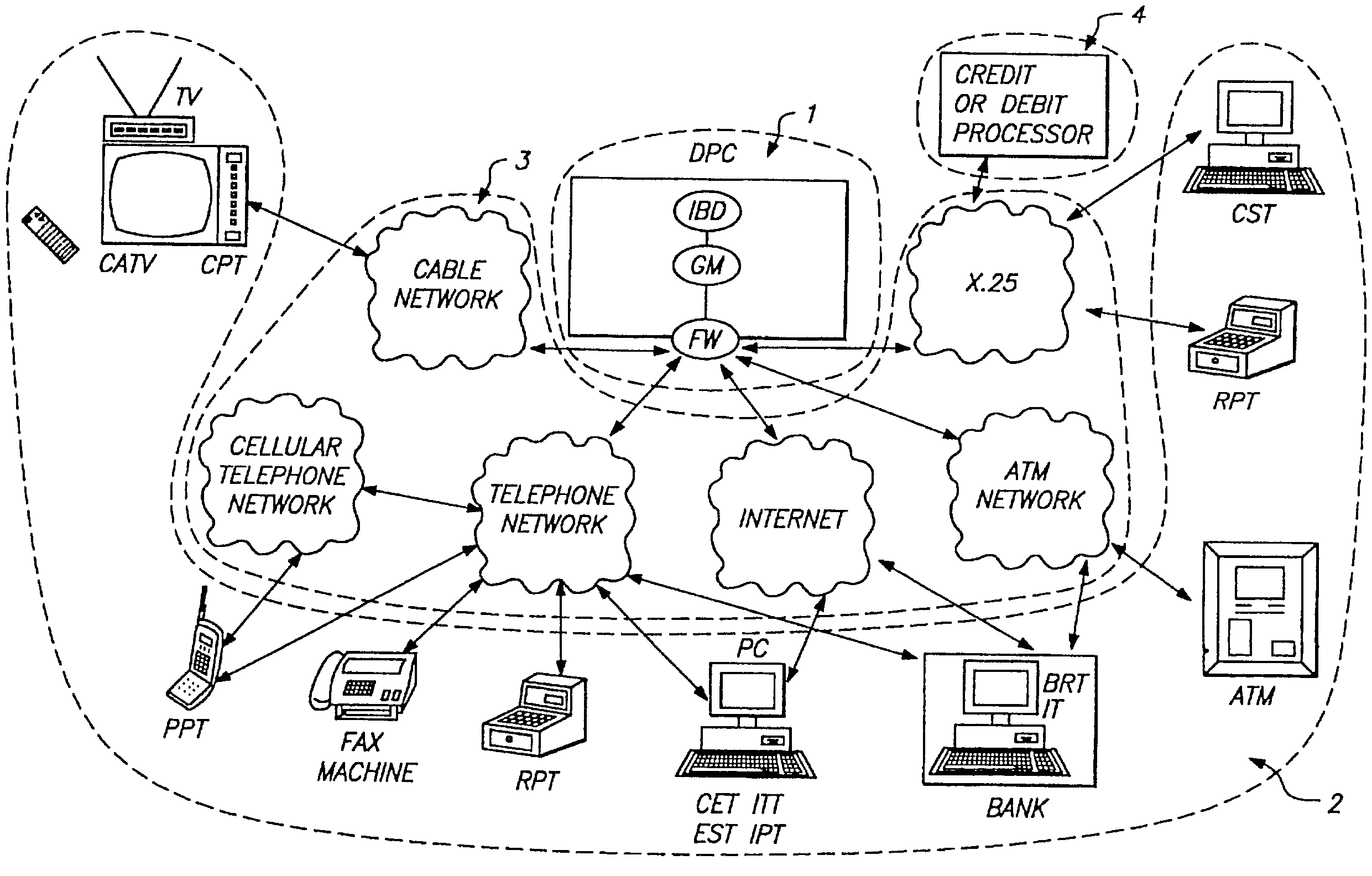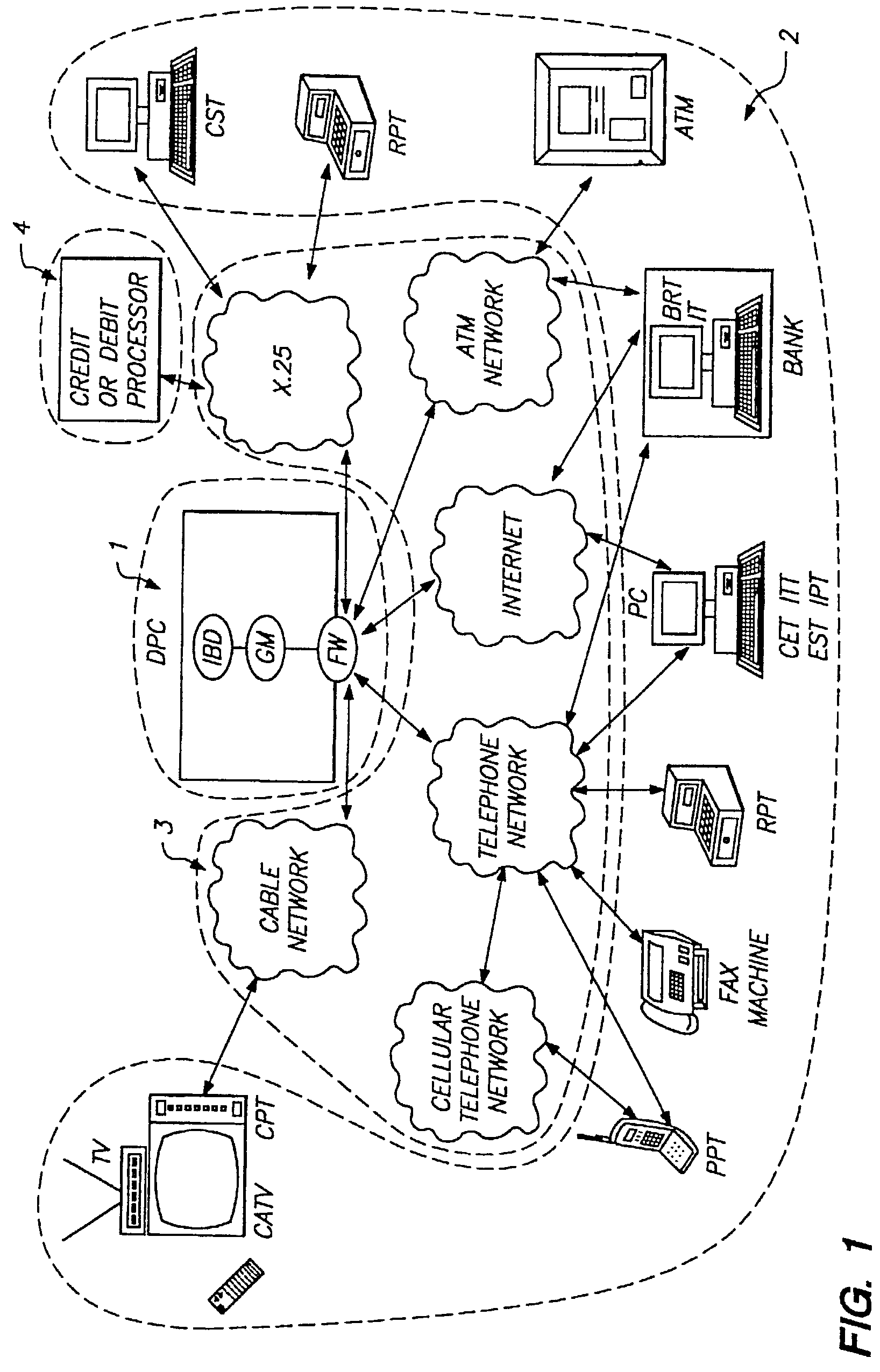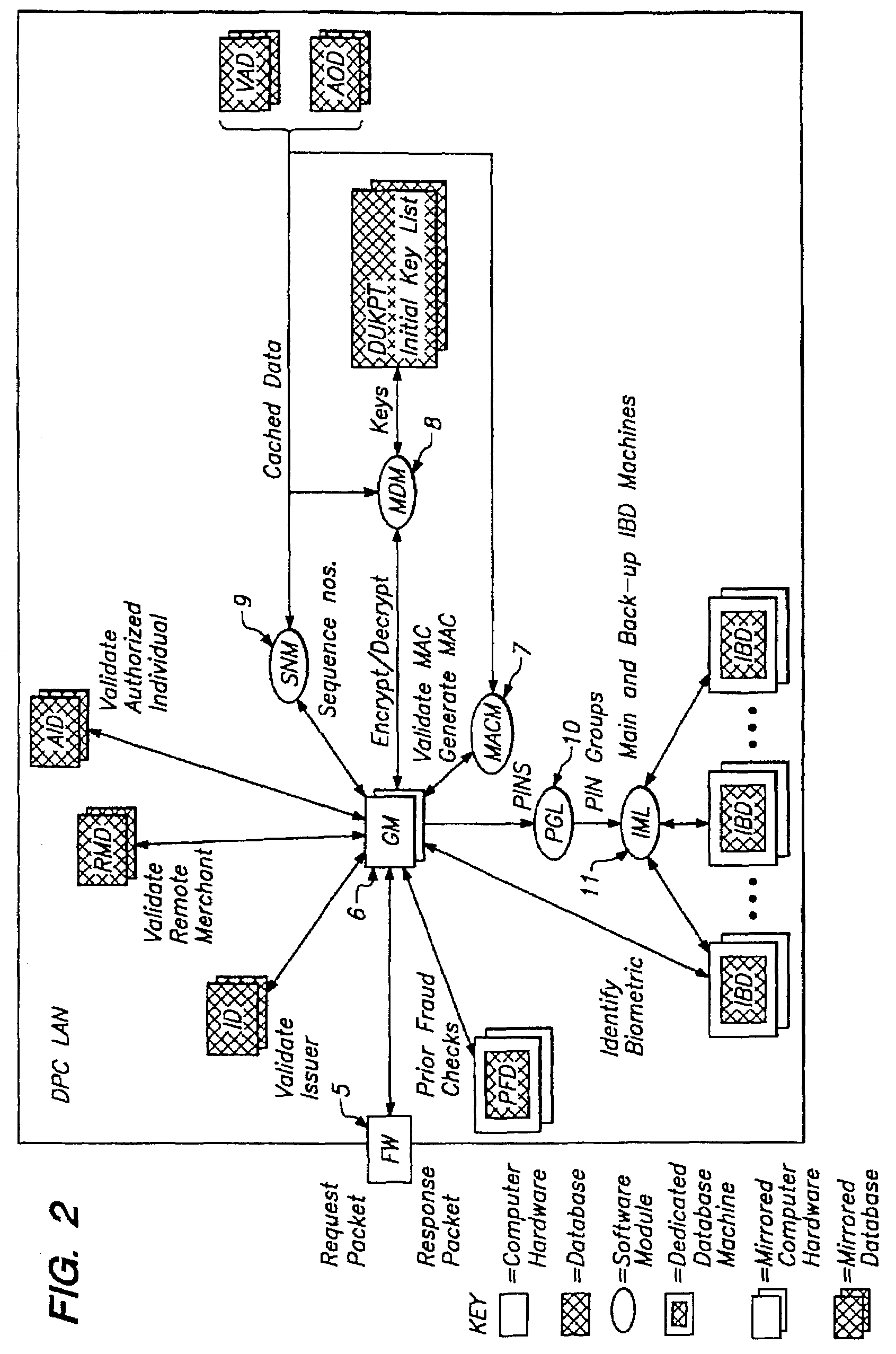However, by their very nature, tokens do not have a very strong connection with the individual.
However, as
consumer credit became easier for consumers to acquire, it also became a target for criminals.
However, as criminals became more organized, more technically adept, and as credit retail stations began to be manned by people who were more and more poorly trained in
credit card security matters, the
rate of increase of fraud losses skyrocketed.
Fraud losses in the
credit card industry stem from many different areas due to the highly vulnerable nature of the system, but they are mainly due to either lost, stolen, or counterfeit cards.
While theft of a token constitutes the majority of fraud in the system, the use of counterfeit credit cards has been on the rise.
Another form of loss is by a criminal merchant who surreptitiously obtains the cardholder's account number.
Yet another type of fraud is committed by the authorized cardholder when the token is used for making purchases and thereafter a claim is made that the token was either lost or stolen.
It is estimated that losses due to all types of fraud exceeds $950 million dollars annually.
Counterfeiting a
debit card is more difficult as the criminal must acquire not only the account number, but also the PIC, and then manufacture the card as in the
credit card example.
Thus fraud and theft of token have an indirect
impact on the cost to the system.
Manufacturing and distributing the card alone costs the industry approximately one billion dollars annually.
These type of changes in particular, are an indication that the systems susceptibility to fraud is due to lack of true identification of the individual.
It is estimated that this could double the manufacturing cost to two billion dollars annually.
This significant increase in cost has forced the industry to look for new ways of using the power in the
smart card in addition to simple transaction
authorization.
The flip side of increased functionality is increased
vulnerability.
Given the number of functions that the
smart card will be performing, the loss or damage of this monster card will be excruciatingly inconvenient for the cardholder.
Being without such a card will financially incapacitate the cardholder until it is replaced.
Additionally, losing a card full of
electronic cash will also result in a real financial loss as well.
Furthermore, ability of counterfeiters to one day copy a smartcard is not addressed.
Unfortunately, because of the projected concentration of functions onto the
smart card, the cardholder is left more vulnerable to the loss or destruction of the card itself.
Thus, after spending vast sums of money, the resulting system will be more secure, but threatens to levy heavier and heavier penalties for destruction or loss of this card on the
consumer.
Similar to the problem of lack of proper identification of individuals for financial transactions is the problem of lack of proper identification of individuals for electronic transmissions.
However, millions of electronic messages such as facsimiles and
electronic mail (or “E-mail” or “email”) messages are sent without knowing whether they arrive at their true destination or whether a certain individual actually sent or received that electronic message.
Furthermore, there is no way to verify the identify the individual who sent or who received an electronic message.
Although more resistant to fraud that systems incorporating non-variable codes, such an approach is not virtually fraud-proof because it still relies on data that is not uniquely and irreproducibly personal to the authorized user.
Furthermore, such systems further inconvenience consumers that already have trouble remembering constant codes, much less variable ones.
However, because the
biometrics are generally stored in electronic (and thus reproducible) form on a token and because the comparison and
verification process is not isolated from the hardware and
software directly used by the individual attempting access, a
significant risk of fraudulent access still exists.
As will be appreciated from the foregoing discussion, a dynamic but unavoidable tension arises in attempting to design a
security system that is highly fraud resistant, but nevertheless easy and convenient for the
consumer to use.
Unfortunately, none of the above-disclosed proposed improvements to the token and code system adequately address, much less attempt to balance, this tension.
Further, such systems do not adequately isolate the identity
verification process from tampering by someone attempting to
gain unauthorized access.
Although Gullman's reliance of comparison of stored and input biometrics potentially reduces the risk of unauthorized access as compared to numeric codes, Gullman's use of the token as the repository for the authenticating data combined with Gullman's failure to isolate the identity
verification process from the possibility of tampering greatly diminishes any improvement to fraud resistance resulting from the replacement of a numeric code with a biometrics.
Further, the system remains somewhat cumbersome and inconvenient to use because it too requires the presentation of a token in order to initiate an access request.
 Login to View More
Login to View More  Login to View More
Login to View More 


